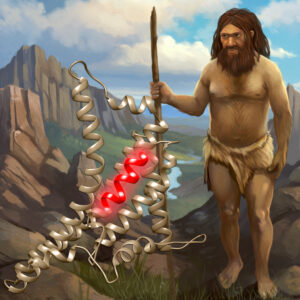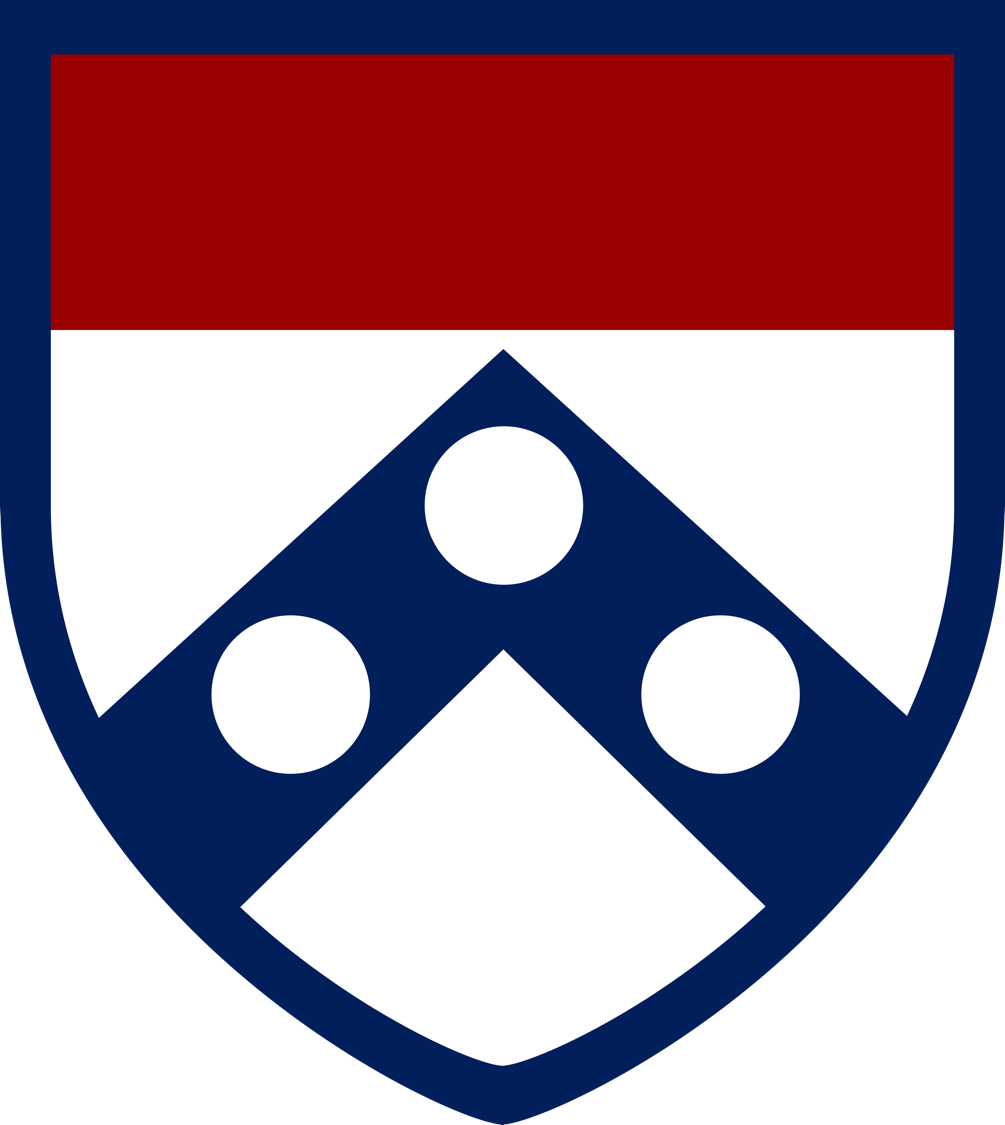
The Power of AI: Opening New Frontiers
Today our team announces a discovery marking a new chapter in the search for antibiotics and other valuable molecules. With the aid of computers, we can now systematically explore organisms, even those long extinct, expanding our understanding of life’s molecular diversity and sequence space. In previous work, we mined the modern human proteome for antibiotics, identifying thousands of encrypted antibiotics. These findings led to this project, driven by the question of whether such molecules could have been produced throughout evolution. This work indicates the potential for significant advancement to address antibiotic resistance – one of the most pressing global health concerns of modern times.
Molecular De-Extinction: From Jurassic Park to Molecules
For centuries, the concept of de-extinction has captured the imagination of both researchers and the general public. Using machine learning, our team has discovered antibiotics in extinct organisms, specifically the Neanderthals and Denisovans, our closest hominid relatives. This breakthrough introduces the promising field of molecular de-extinction, opening new avenues for drug discovery.
While the focus of de-extinction research has primarily been on reviving entire extinct organisms, we now introduce the concept of molecular de-extinction. This innovative approach aims to resurrect extinct molecules to address contemporary challenges.
This new area of research leverages advancements in machine learning, synthetic biology, and chemistry to discover, synthesize, and test extinct molecules in a laboratory setting. This enables scientists to tap into previously unexplored molecular sequence space, and gain insights into the evolutionary history and potential functionalities of these molecules without the need for challenging de-extinction procedures.
Unlike previous organismal de-extinction efforts, molecular de-extinction circumvents concerns like the potential disruption of ecosystems meanwhile offering a more achievable and controllable technical process.
The potential of AI to explore the makeup of ancient organisms accomplishes three major goals. First, we can venture into uncharted molecular sequence space, uncovering new horizons for potential therapeutic agents that hold promise in combating diseases. Second, we can shed light on the significance of the peptide sequences and their potential role in immunity throughout evolutionary history. And finally, we can resurrect these ancient molecules to address present-day problems.
The Methods Used to Unlock the Secrets of Ancient Organisms
In this study, our team used a novel approach to antibiotic discovery with the panCleave machine learning model designed for proteome-wide cleavage site prediction. Remarkably, the machine learning model surpassed several protease-specific cleavage site classifiers for three modern human caspases, despite its pan-protease design.
In vitro experiments revealed the antimicrobial activity of both modern and archaic protein fragments identified using our machine learning approach. We further evaluated the lead peptides to understand their mechanism of action, resistance to proteolysis, and efficacy as anti-infective agents in two pre-clinical mouse models. Encouragingly, some of these peptides exhibited stability, non-toxicity, and antimicrobial properties.
A Paradigm Shift in Scientific Discovery
These results serve as a testament to the potential of AI in the field of molecular de-extinction and, more specifically, antibiotic discovery. With ever-increasing computational resources at our disposal, we now can scale proteomic mining methods beyond individual proteins, encompassing entire proteomes. By building upon our prior exploration of the human proteome as a source of antibiotics, we can solidify the foundations of this emerging field.
Ethics and Patents: Navigating New Territory
As we embark on this journey, we are aware of the significant ethical considerations and legal frameworks. What does it mean to resurrect molecules that are no longer expressed in living organisms? Are de-extinct molecules eligible for patents in this new frontier of patent law? While natural molecules are not patentable, the emergence of de-extinct molecules presents a unique challenge to existing patent law. The patentability of extinct molecules presents a thought-provoking challenge within the fields of biotechnology and medicine.
As we explore the frontiers of molecular de-extinction, it is crucial to engage in thoughtful and inclusive deliberation among scientists, ethicists, patent lawyers, policymakers, and the wider public to ensure that the pursuit of this emerging field aligns with ethical principles, responsible innovation, and pursuits to benefit society as a whole.
Conclusion:
The implications of this research are potentially far-reaching as the world grapples with the urgent need for innovative solutions to combat antibiotic resistance and infectious diseases. This study marks a significant step forward, offering exciting possibilities for addressing critical public health challenges through molecular de-extinction. These discoveries hold hope in the fight against antimicrobial resistance, a pressing global concern.
The research findings have been published in Cell Host Microbe and are now available online: https://www.cell.com/cell-host-microbe/fulltext/S1931-3128(23)00296-2.
For more information, please contact:
Machine Biology Group
University of Pennsylvania
Authors:
Machine Biology Group
Published:
July 28, 2023
About Machine Biology Group:
The mission statement of the Machine Biology Group at the University of Pennsylvania is to use the power of machines to accelerate discoveries in biology and medicine.
